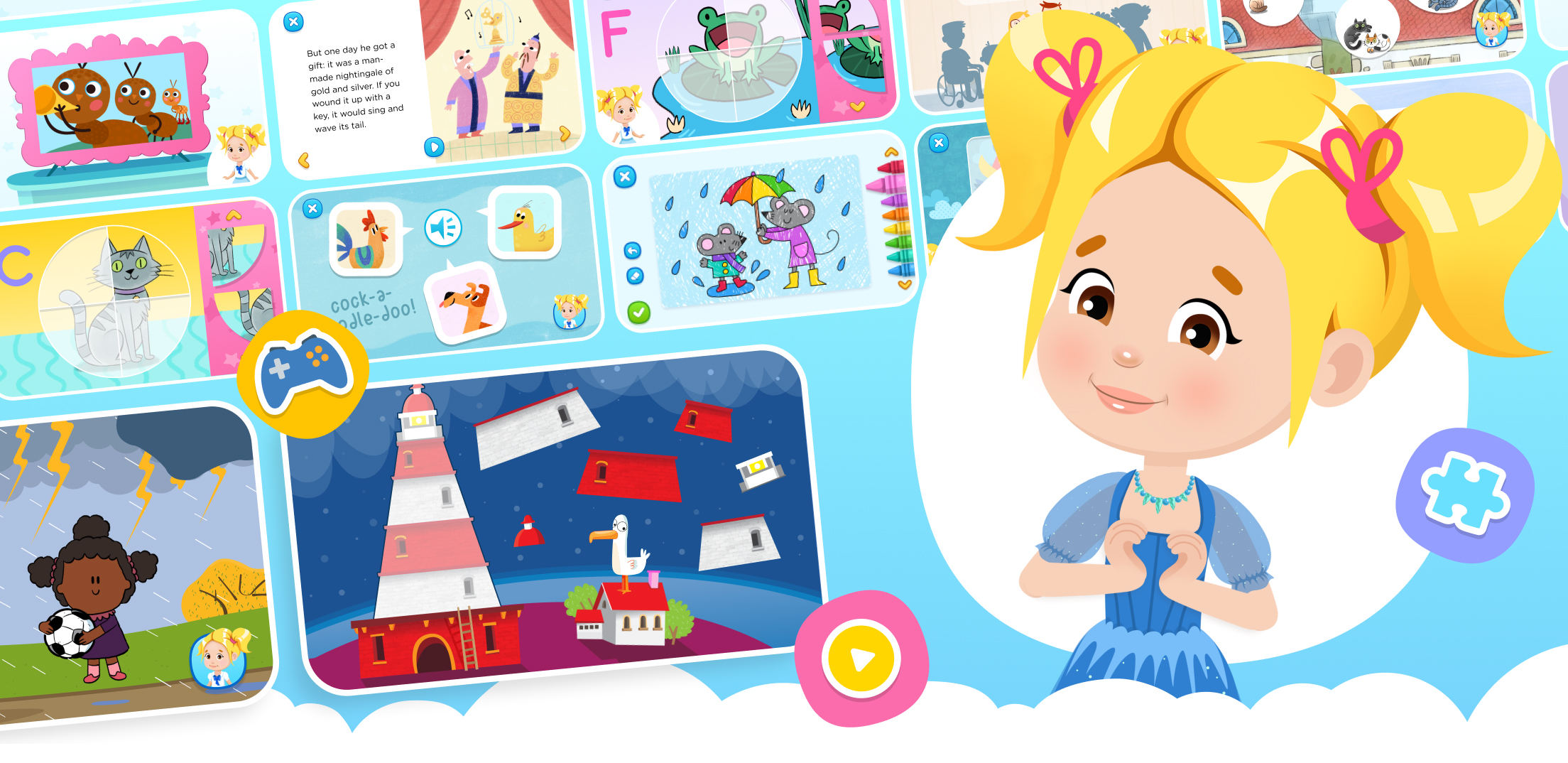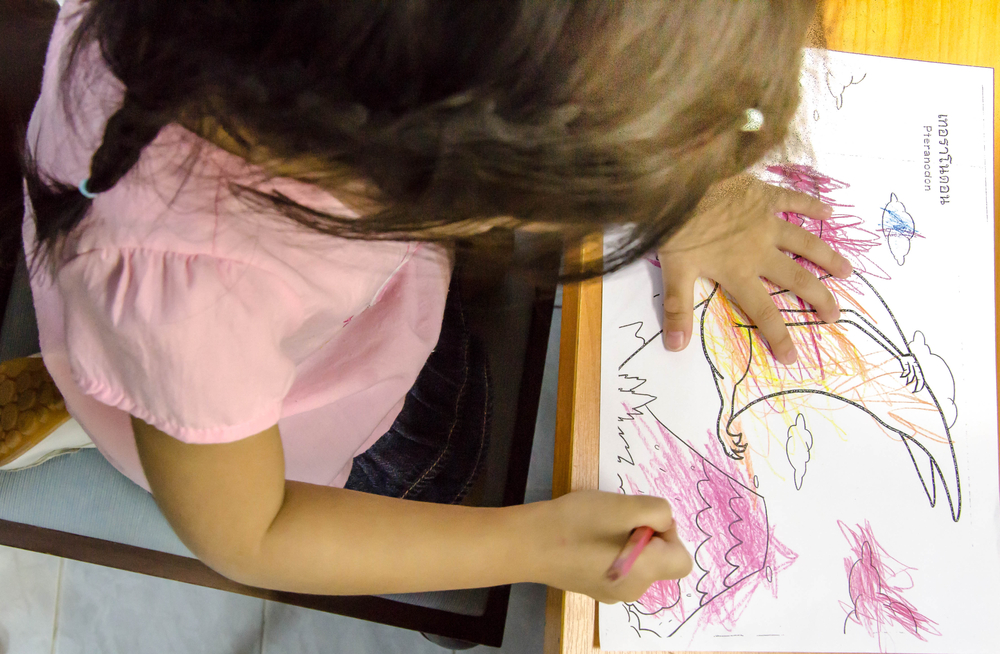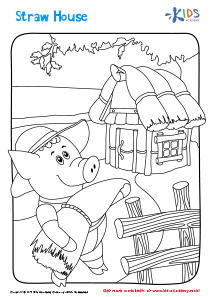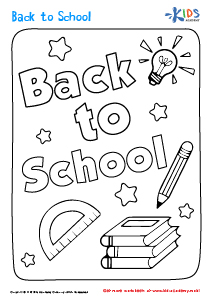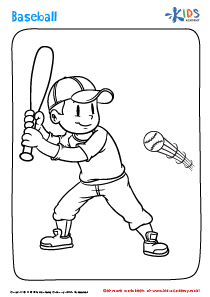Easy Feelings and Emotions Worksheets for Ages 5-8
4 filtered results
-
From - To
Discover our engaging "Easy Feelings and Emotions Worksheets" designed for children ages 5-8! These fun and interactive resources empower young learners to explore and express their emotions through vibrant coloring pages and relatable activities. Each worksheet fosters emotional intelligence, allowing kids to identify and articulate their feelings in a safe and creative way. Perfect for classrooms or at-home learning, our materials enhance social-emotional development while providing a delightful coloring experience. Whether your students are learning to recognize happiness, sadness, or anger, these worksheets are essential tools for nurturing empathy and communication skills in early childhood. Explore our collection today!
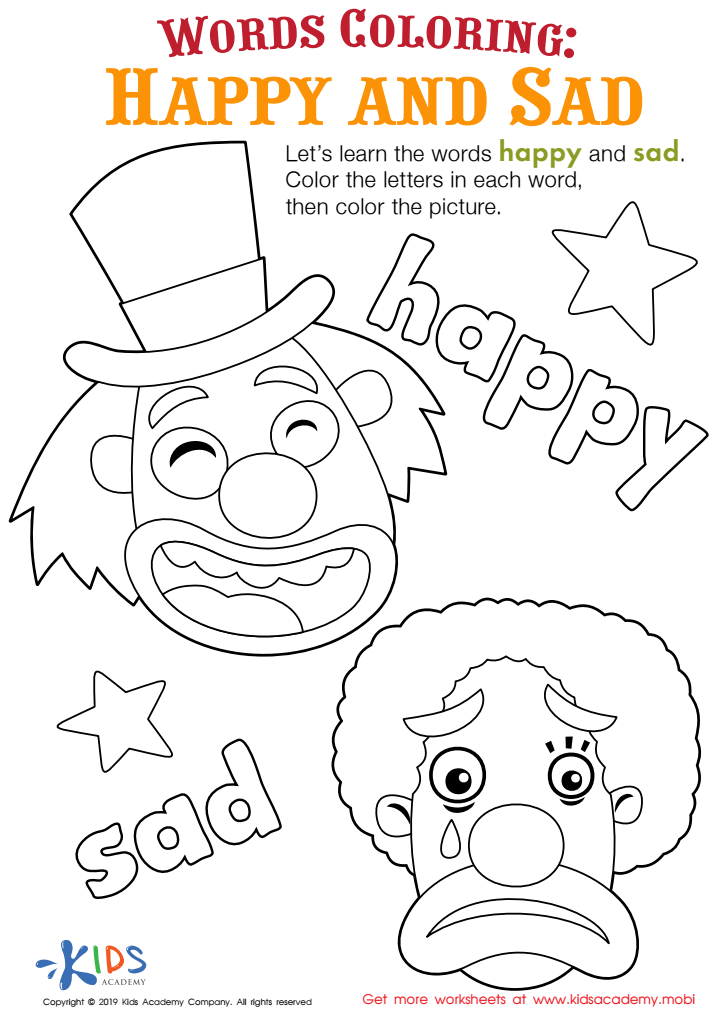

Happy and Sad Words Coloring Worksheet
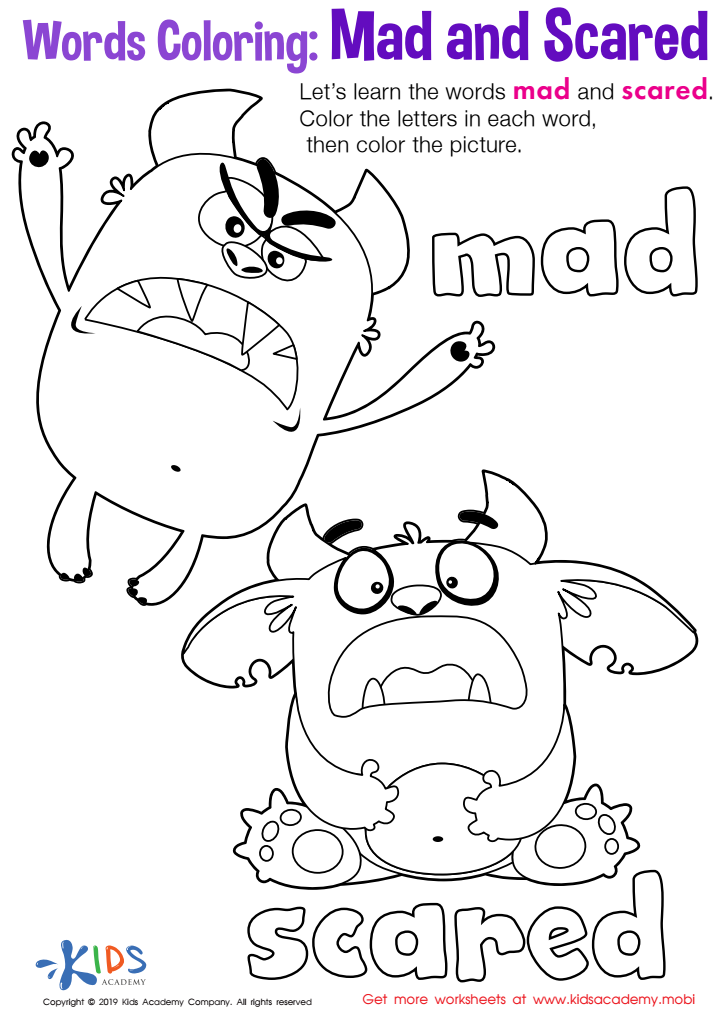

Mad and Scared Words Coloring Worksheet


Tired and Worried Words Coloring Worksheet
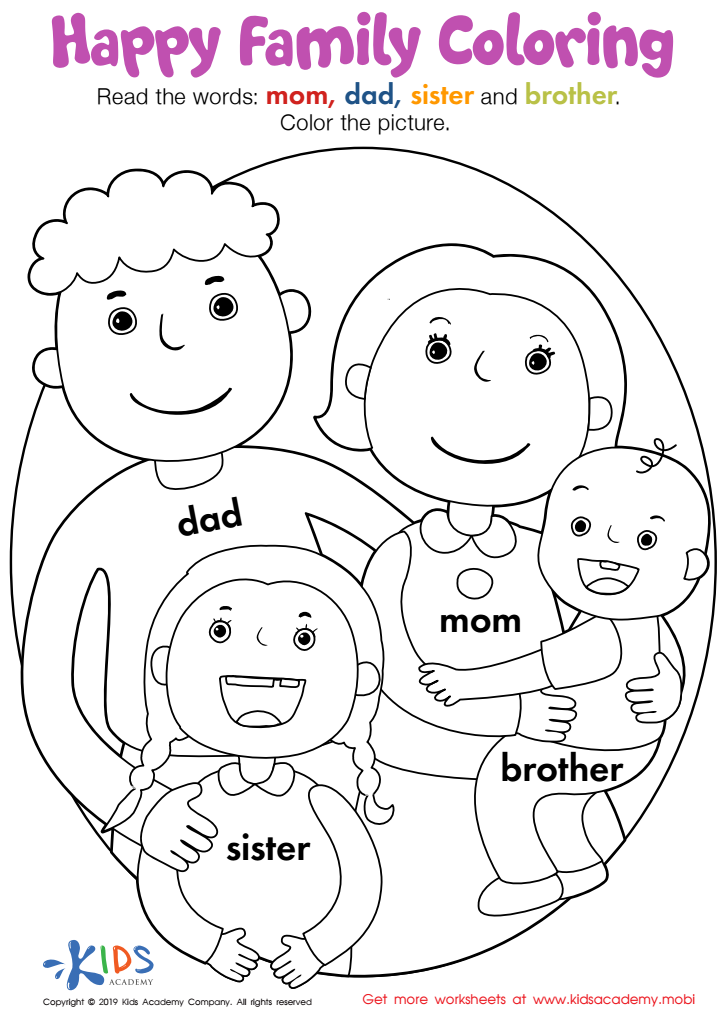

Happy Family Coloring Worksheet
Parents and teachers should care about "Easy Feelings and Emotions" for ages 5-8 because emotional literacy is foundational to children's overall development. At this age, children are beginning to recognize and navigate their own feelings as well as those of others. Understanding emotions helps them build empathy, improve social interactions, and enhance communication skills.
By engaging with emotions in a structured way, children learn to identify, express, and manage their feelings, fostering resilience and self-regulation. This early emotional awareness can significantly reduce behavioral issues, as kids are equipped with strategies to cope with frustration, anger, or sadness.
Additionally, cultivating emotional intelligence contributes to academic success. Children who can manage their emotions are more focused, better equipped to work in teams, and show increased motivation in learning environments. Implementing programs and activities that promote emotional understanding, such as storytelling, role-playing, and discussions, can empower children to voice their experiences and feelings appropriately.
In a world that increasingly values emotional well-being alongside cognitive skills, investing in children’s emotional education is essential. By nurturing their emotional development, parents and teachers lay the groundwork for healthier, more adaptive adults in the future.
 Assign to My Students
Assign to My Students



